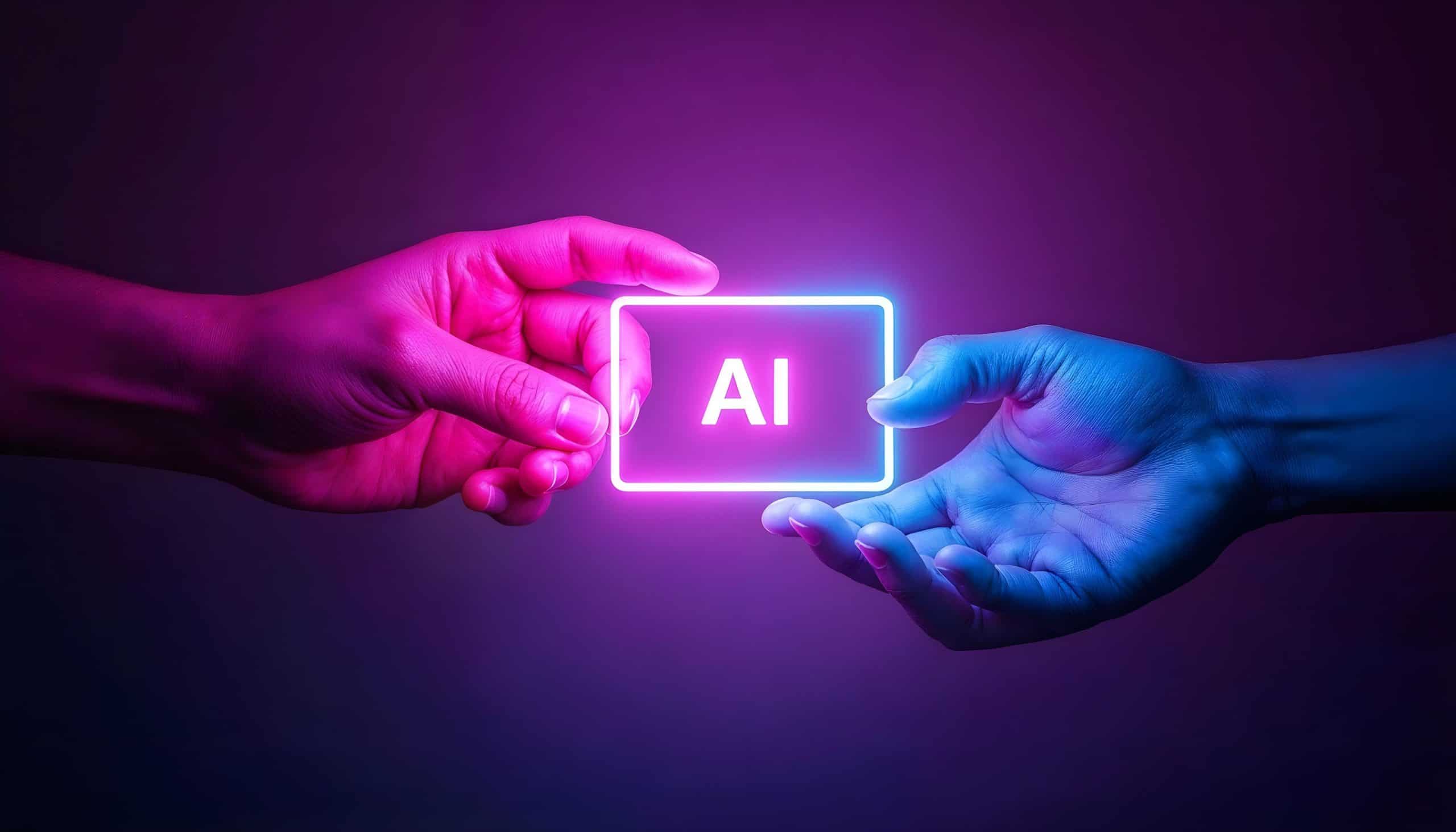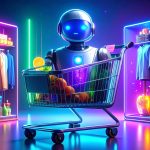
The world of advertising and marketing is undergoing a massive transformation—and the disruptor-in-chief? AI. From automating ad production to enabling dynamic personalization at scale, AI (and more specifically, Generative AI) is redefining how brands ideate, execute, and measure their creative outputs.
But like any tool with revolutionary potential, it comes with its own set of pros and cons. While it’s tempting to view AI as the ultimate creative shortcut, the reality is a bit more nuanced. Let’s unpack the real impact of AI in creative advertising.
The Pros: How AI Is Supercharging Creative Advertising
1. Unmatched Speed and Scale
AI is turbocharging the way creative teams work. Tedious tasks like resizing banners, creating copy variants, or localizing content for multiple markets can now be done in minutes. With Generative AI tools like Midjourney, Runway, or Copy.ai, designers and writers can prototype ideas faster than ever before.
In a high-stakes, deadline-driven world, this speed isn’t just convenient—it’s essential.
2. Hyper-Personalization That Actually Performs
The days of one-size-fits-all advertising are over. AI enables brands to tailor content based on real-time data—think user behavior, time of day, location, even weather. This allows Dynamic Creative Optimization (DCO) to shine, delivering relevant messages that hit closer to home.
What this means in practice: better engagement, higher CTRs, and stronger ROAS. It’s personalization at scale, without the burn-out.
3. Creative Ideation, Reimagined
Generative AI is quickly becoming the brainstorm buddy every creative never knew they needed. Whether you’re ideating campaign headlines, storyboarding a video, or mocking up visual concepts, AI offers a near-infinite well of inspiration.
Sure, it’s not winning Cannes Lions on its own (yet), but it’s undeniably pushing the boundaries of what’s creatively possible—and how fast we can get there.
4. Data-Driven Feedback Loops
AI doesn’t just generate content—it can also analyze it. By crunching performance data in real time, AI tools can guide teams on what creative elements are working (or flopping), allowing faster pivots and smarter decision-making.
It’s data + design, no longer at odds but finally in sync.
5. Cost Efficiency for Content-Hungry Brands
Let’s face it—content demand is exploding, but budgets aren’t always keeping pace. AI helps bridge the gap by enabling leaner teams to produce more, with less. For startups, challenger brands, or even large-scale campaigns, this efficiency can be a serious competitive edge.
⚠️ The Cons: Where AI Still Falls Short
1. Emotional Nuance? Not Quite There Yet
Great advertising doesn’t just convert—it connects. And this is where AI still lags. It can replicate style, tone, and format, but not soul. It can’t understand cultural nuances, social taboos, or the kind of wit that makes a campaign stick.
That ineffable human touch still matters—and always will.
2. Creative Sameness Is a Real Risk
When everyone uses the same AI tools trained on the same data, creative output can start to look… well, the same. Brands chasing efficiency might unknowingly trade away their uniqueness. Over time, this risks turning bold, distinctive identities into cookie-cutter templates.
Innovation shouldn’t come at the cost of originality.
3. Over-Reliance on Performance Metrics
AI’s data-driven nature can sometimes lead to decision paralysis or risk-averse thinking. Not every great idea is backed by data—some of the most iconic campaigns were pure gut calls. When AI dominates the decision-making process, truly daring creativity may get left on the cutting room floor.
4. Ethical and IP Concerns
Generative AI brings with it a host of questions around copyright, licensing, and ownership. Who owns an image generated by AI? What if the model was trained on copyrighted content? As these tools become mainstream, the legal frameworks are still playing catch-up.
Brands need to tread carefully and build AI ethics into their creative workflows.
5. Creative Teams May Feel Displaced
The narrative that “AI will replace creatives” is harmful—and frankly, inaccurate. But the fear is real. It’s crucial for leaders to frame AI as a creative amplifier, not a replacement. When creatives and machines collaborate, the results are powerful. But if AI is positioned as the hero, talent will disengage.
💡 Final Thoughts: AI Should Empower, Not Replace
The rise of AI in creative advertising is not the death of creativity—it’s an evolution. Used wisely, AI can empower creatives to move faster, think bigger, and deliver more value than ever before. But it’s not a magic wand. It’s a tool. A powerful one, yes—but still a tool.
The future belongs to those who know how to balance machine intelligence with human intuition. Because in a world where everyone can generate content, the real edge will come from ideas that feel real, resonate deeply, and dare to be different.
And no, AI can’t do that alone.


